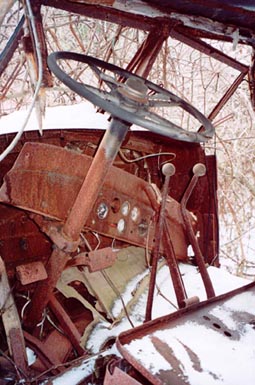
I do advocate helmets for the following:
- Ski Racing
- Children
But the rest of us need to be left to our style of skiing and enjoyment of the outdoors. That is, the freedom to make a choice to wear a helmet or not based on the facts and the evidence.
The following excerpt came form NSSA website:
"According to Jasper Shealy, professor at the Rochester Institute of Technology in Rochester, N.Y., who has studied ski related injuries for more than 30 years, recent research has shown that the use of helmet reduces the incidence of any head injury by 30 to 50 percent, but that the decrease in head injuries is generally limited to the less serious injuries such as scalp lacerations, mild concussions (Grade I) and contusions to the head, as opposed to more serious injuries such as concussions greater than Grade II, skull fractures, closed head injuries and the like. There has been no significant reduction in fatalities over the past nine seasons even as the use of helmets overall has increased to more than 33 percent, and to as much as 40 percent within the population at greatest risk—experienced young adult male skiers and snowboarders. The pattern of death seems to be affected by the use of a helmet. Most fatalities are due to multiple causes or injuries. Approximately two-thirds of those who die who do not use a helmet have as the first cause of death some injury to the head. For those who die while wearing a helmet, only about one-third have a head injury as the first cause of death. It seems that while the use of a helmet may shift the distribution of the first cause of death, it is not sufficient to reduce the overall rate of death. In incidents leading to death, it appears that the severity of the incident simply overwhelms the ability of the helmet to prevent death."
- Ski in control at all times
- Keep your speed down, ski slower
- Follow the Skiers Responsibility Code
- Keep your ski equipment in top shape, skis tuned
- Do not ski trails or slopes beyond your ability
- Stay in shape
- Lastly, be courteous to others on the slope
Make your decision to buy a helmet based on the facts, your ski ability and temperament.
Be informed and ski safely,
The Ski Traveler






